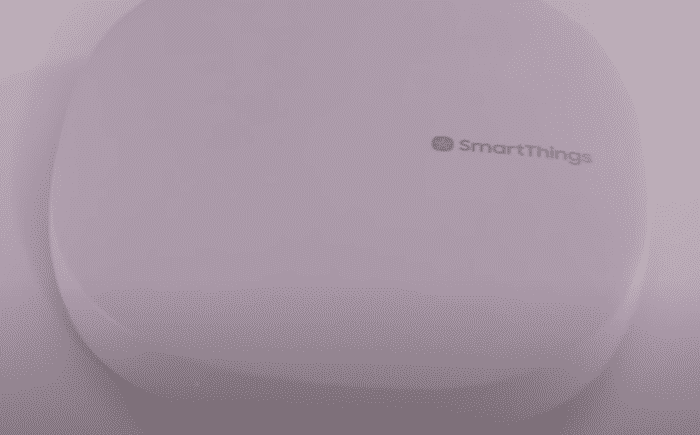
Smart home products bring that extra level of comfort to your home. The biggest plus however is efficiency. Can you remember how many times you have left the lights or the fan on in a room you are no longer in?
Well, smart home products help resolve this problem and many more by having sensors set up to detect your movement. The convenience aspect is also a huge selling point for these products as you can remotely access all your devices with just voice commands.
Common SmartThings Problems Troubleshooting
A lot of people have been experiencing issues with the SmartThings ranging from most of half the devices not working to errors in pairing devices. Even though all the hardware is present in your home you are still reliant on the Samsung cloud completely. This is why people prefer to go for Hubitat home solutions over SmartThings. Here is a list of some common issues you might run into using SmartThings and quick fixes to solve them.
1) SmartThings Not Connecting to Wi-Fi
A lot of people are experiencing issues where your smart things hub is connecting just fine to other devices but won’t connect to the internet. A pretty common issue for most people when they first buy a SmartThings hub,
This can be due to a couple of reasons, the first being you are not putting in the Wi-Fi credentials correctly. Secondly, your Wi-Fi router is out of reach. So, make sure that the router is within the range of the hub and you have put in the credentials correctly. If the problem still exists then try resetting the router once and it will solve the issue for you.
2) Devices Disconnecting From the Hub
If your devices keep disconnecting from the hub at random times then chances are that they are improperly paired. You won’t be able to use the devices remotely if this issue is not resolved.
To fix this problem you should go to the SmartThings app and launch the repair network button for the device which is malfunctioning. You can also manually pair the app again. Just remove the SmartThings from the device first and then also remove the device from the SmartThings interface. After that start the pairing process of a new device from the control panel.
3) Hub Resets All Settings
If you are facing power cuts daily and find all your hub settings reset as soon as the power comes back then it is most likely that the hub’s batteries have drained. This makes the hub unable to preserve any of the configurations you have made over time and reset.
Just open up the battery compartment from the bottom of the hub and replace the batteries with fully charged ones. Otherwise, the hub won’t be able to preserve all your settings when the power is cut off. You can also refer to a YouTube tutorial if you are confused as to how you should change a battery in the SmartThings hub.
4) Half Devices Won’t Work
Many users are complaining that after installing the hub and configuring all lights and other devices whenever they give a command half the devices won’t respond. This is probably due to the hub being out of the range of the device you are trying to manipulate.
It’s a pretty common issue that people face as after configuring all devices they move the hub to another location. This new location can be out of the effective range in which the hub can communicate with those devices. Make sure to move the hub back to its original place or move the devices within the Hub’s range and it should fix the problem for you.
Overall a lot of users are unhappy with how poor the SmartThings have performed in their homes. In addition to these issues, many other issues remain unresolved for some users. Unfortunately, SmartThings support is unable to provide any viable solutions, and customers are just left with one choice, and that is to switch to another brand. Most users have found Hubitat to be a better variant as all the processing is localized. So, if you were thinking of buying SmartThings it would be better that you wait for a newer version that doesn’t contain as many bugs.
False readings of lights on SmartThings without hub, link to Lutron Caseta and TP-LINK